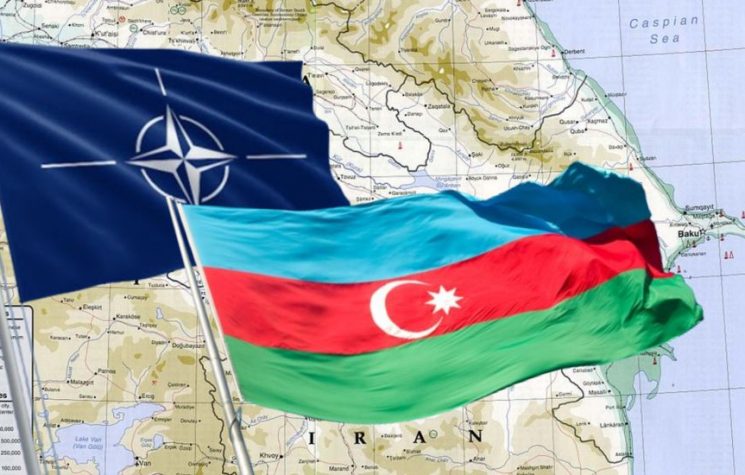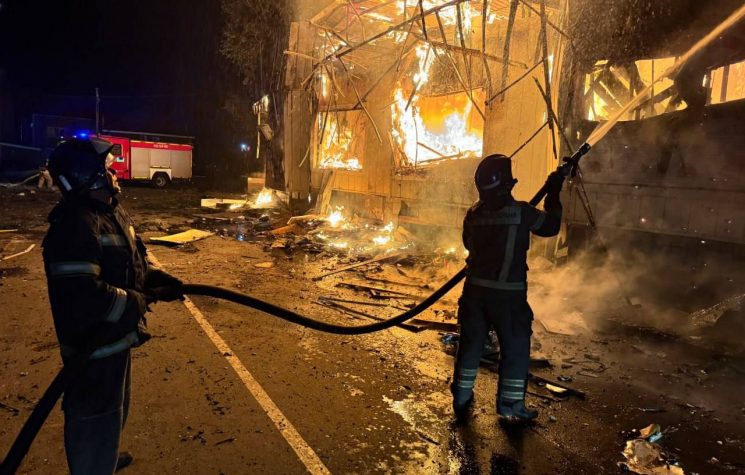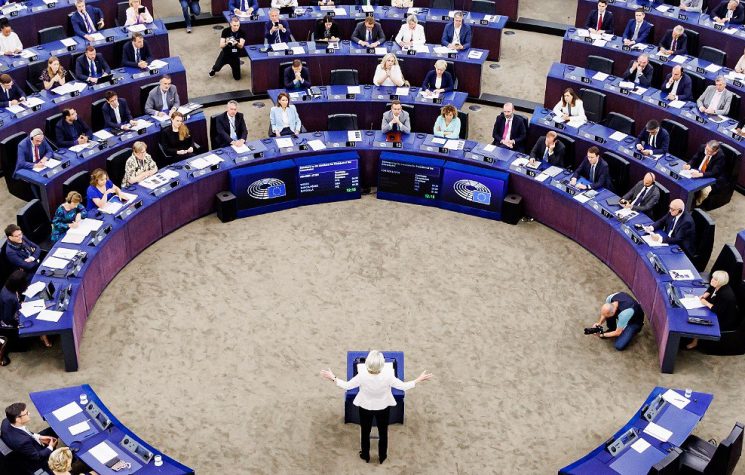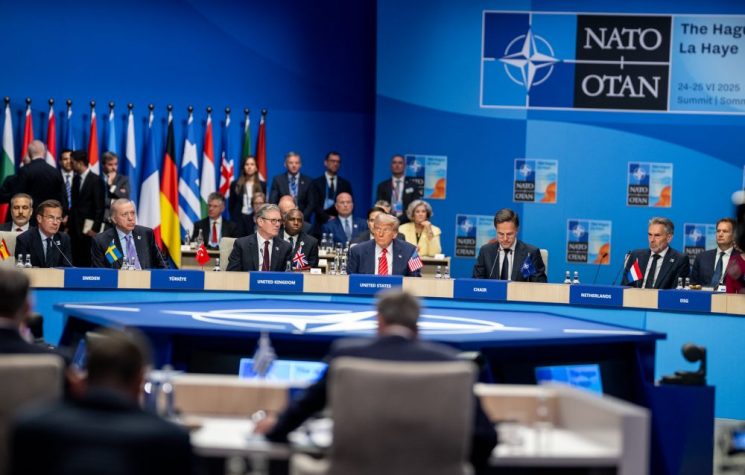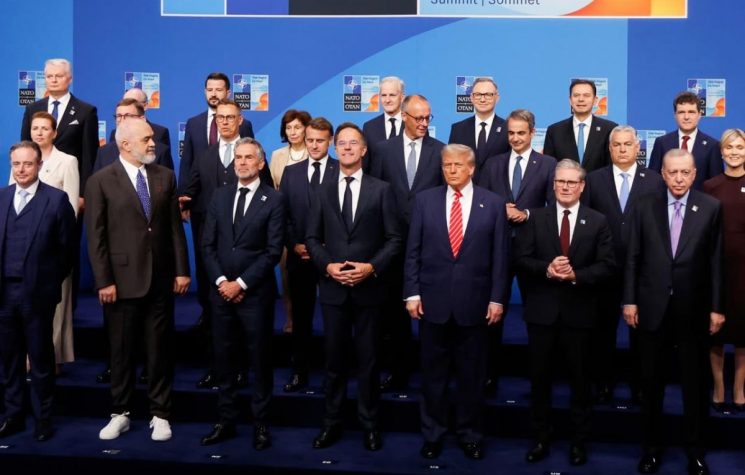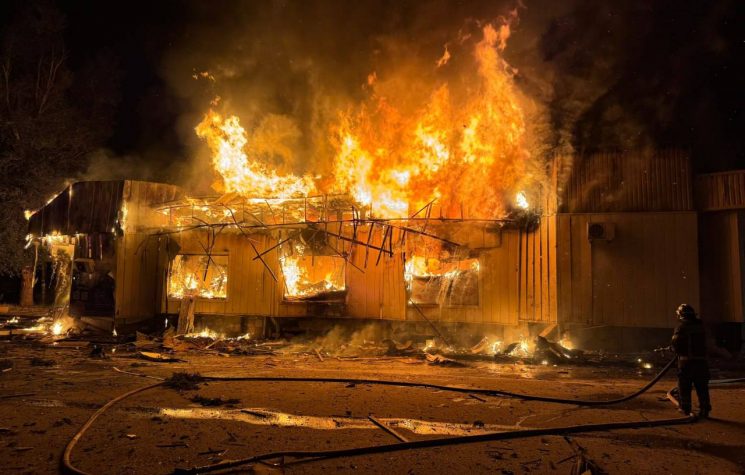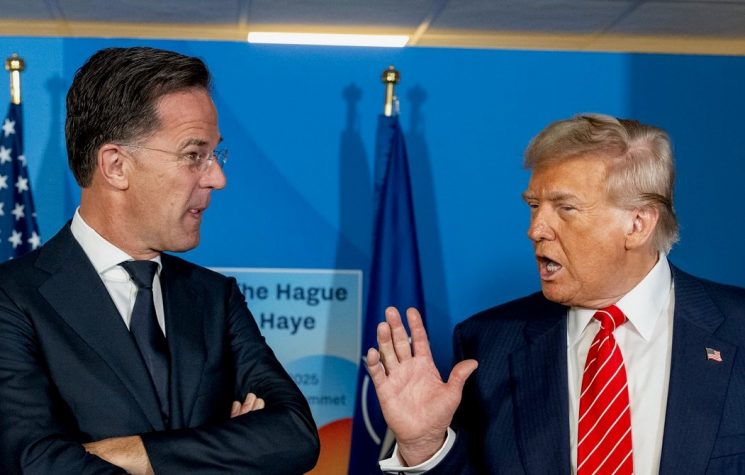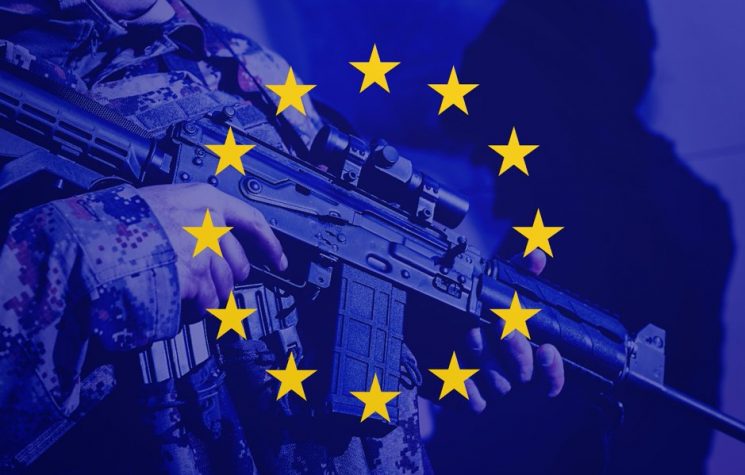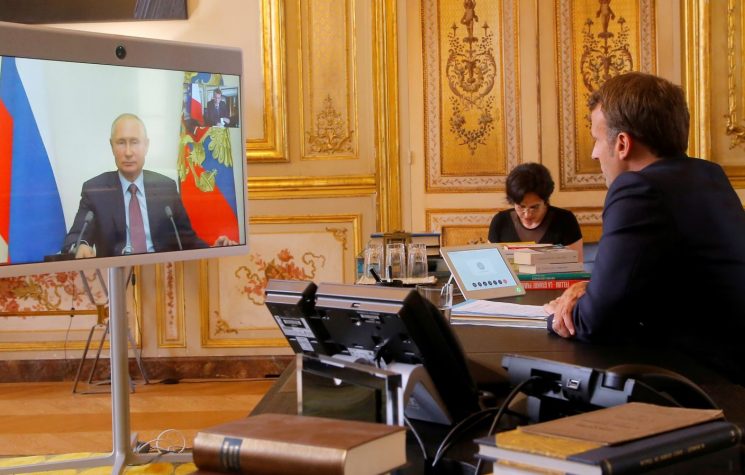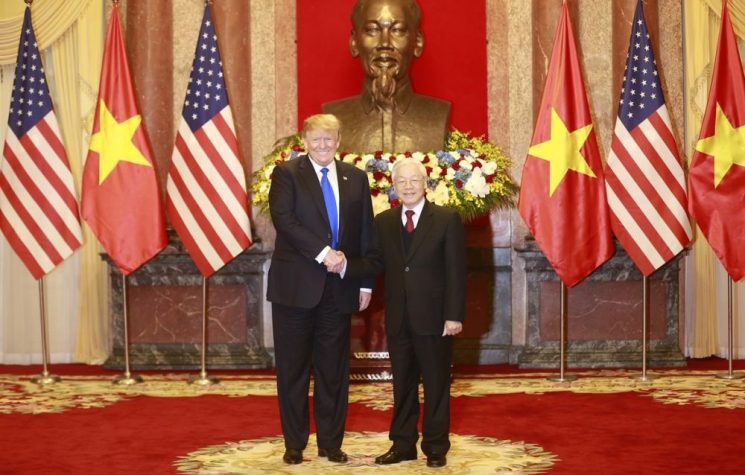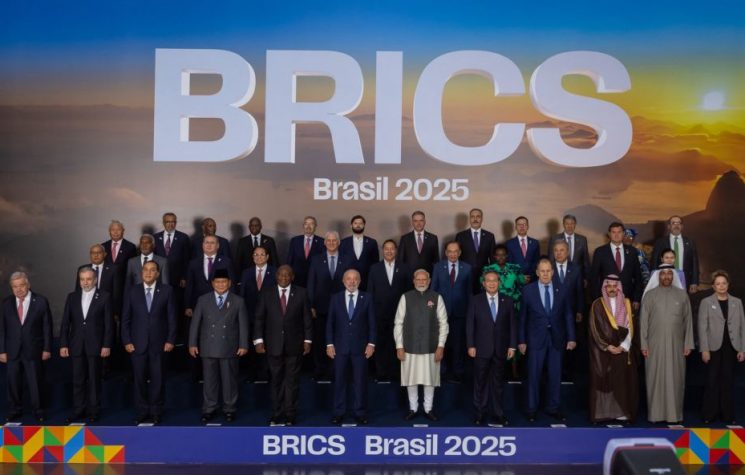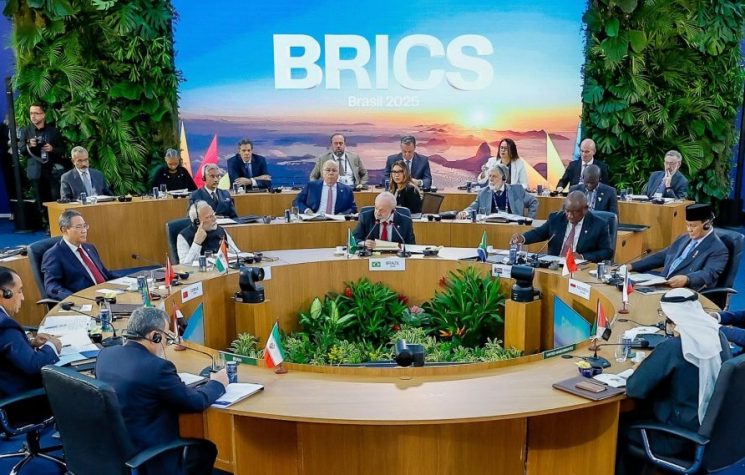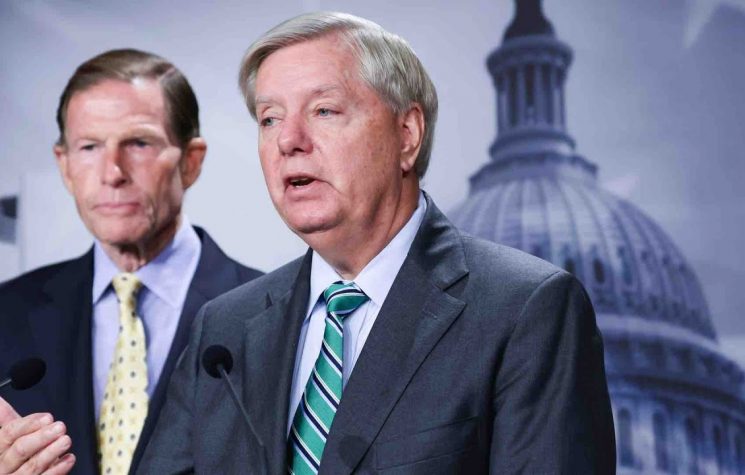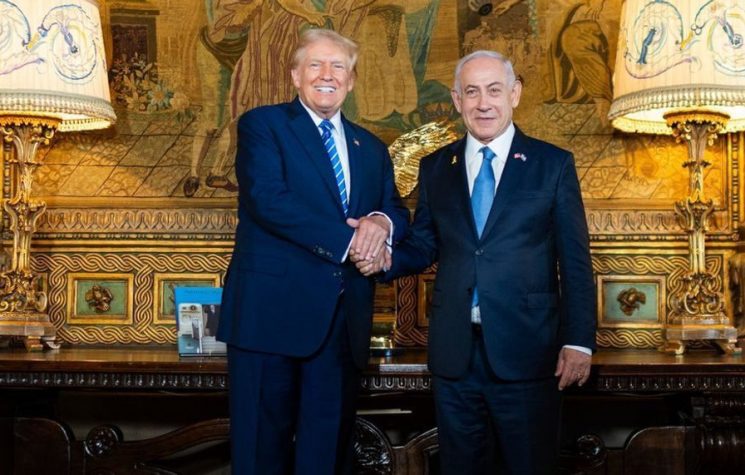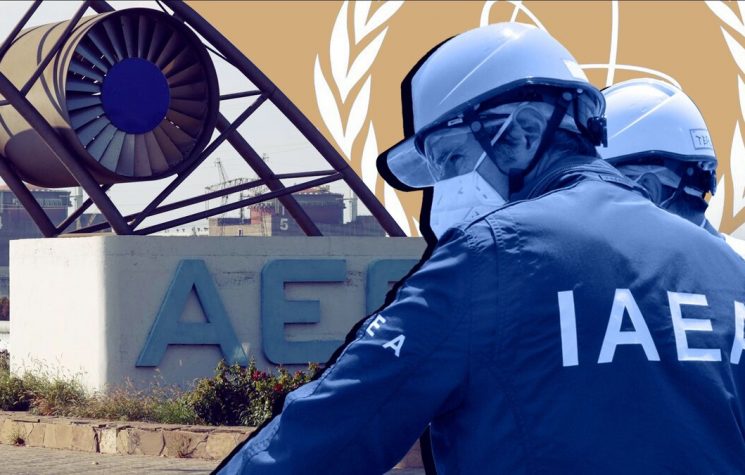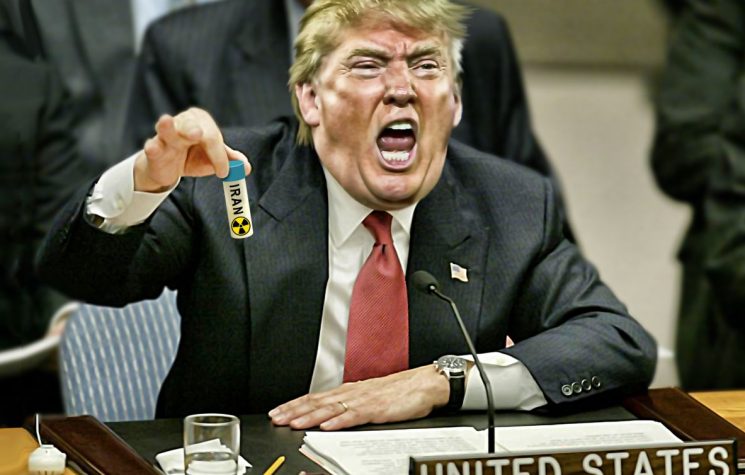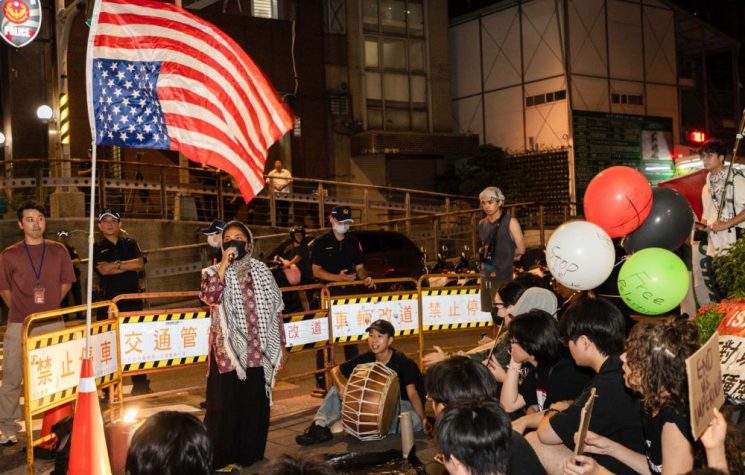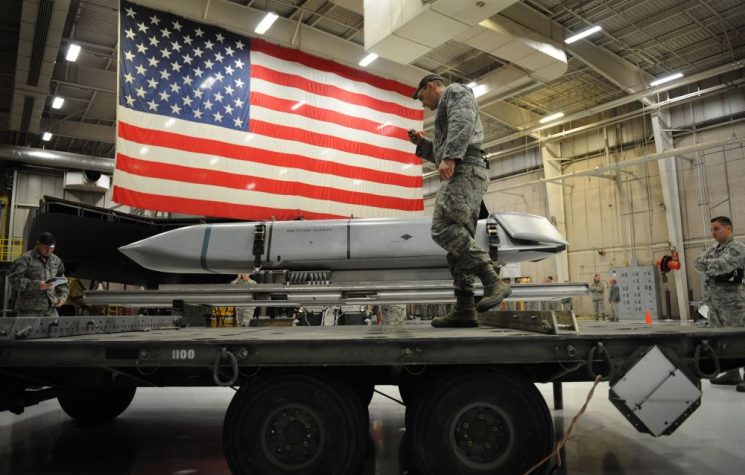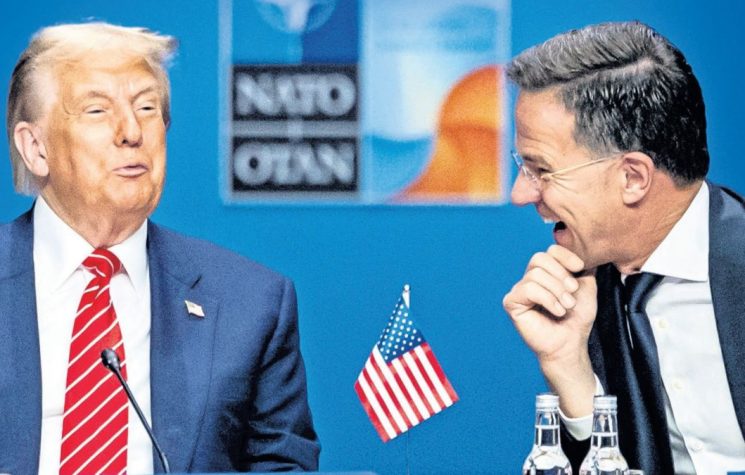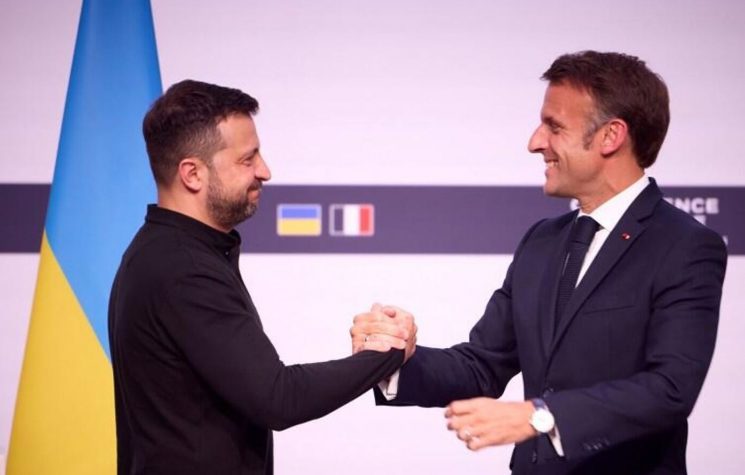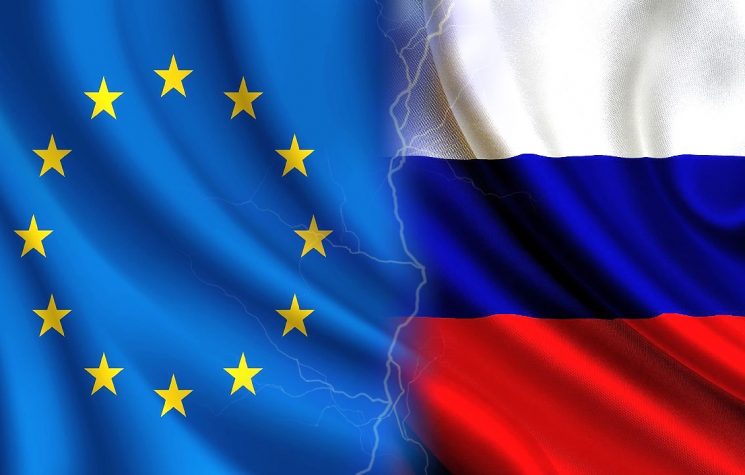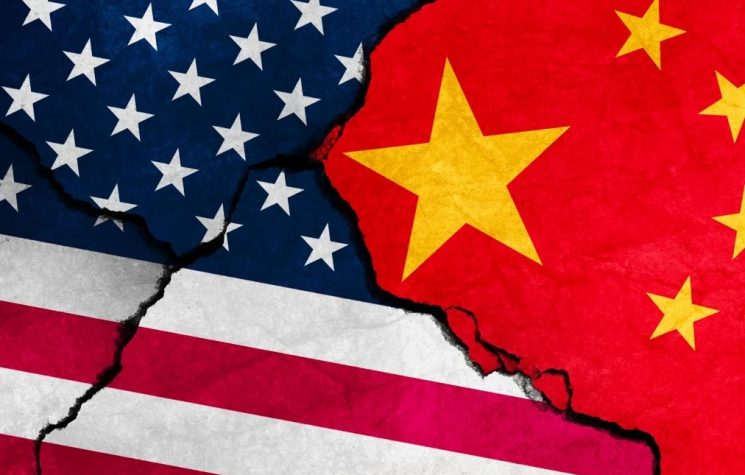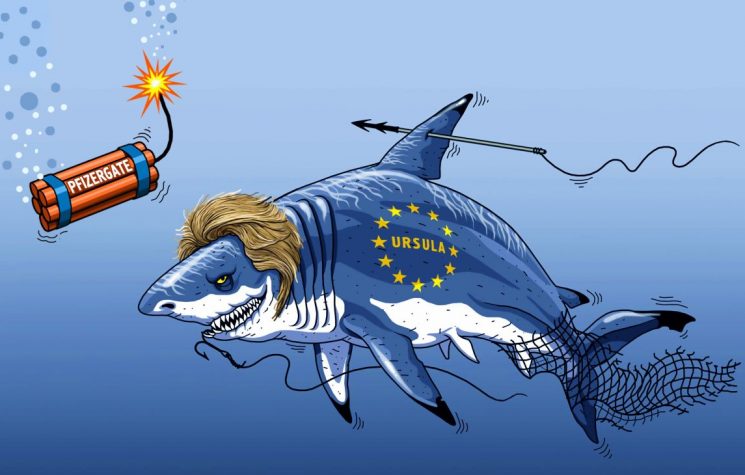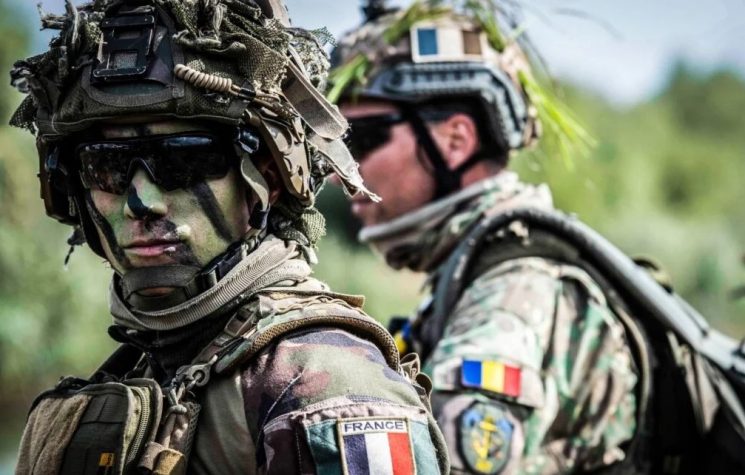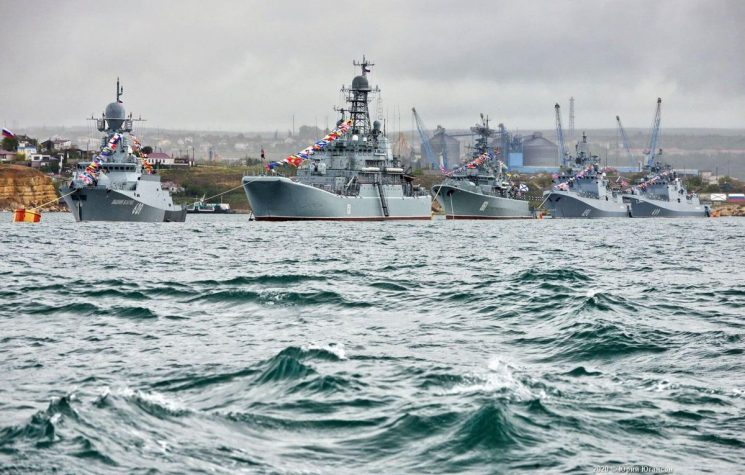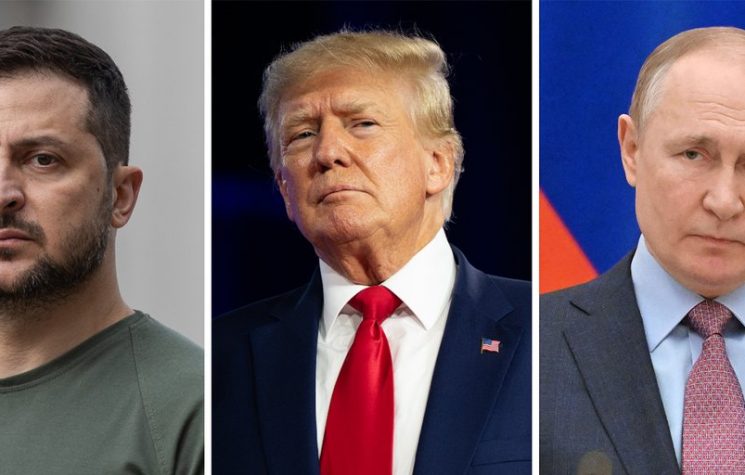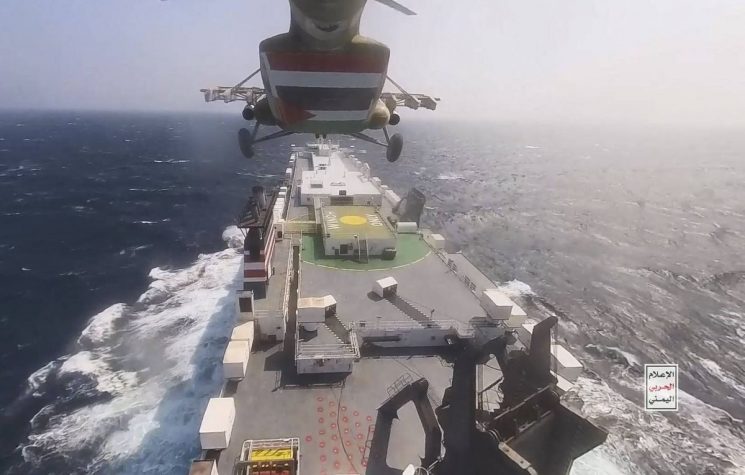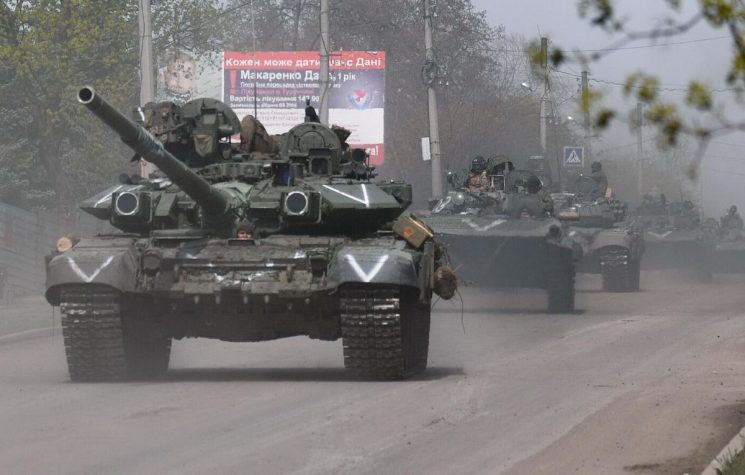Does the West’s despairing of Ukrainian military prospects imply a coming draw-down on the war?
❗️Join us on Telegram ![]() , Twitter
, Twitter ![]() , and VK
, and VK ![]() .
.
Does the West’s despairing of Ukrainian military prospects imply a coming draw-down on the war? Or alternatively, a western strategic shift towards a different mode of attritional war against Russia?
The Ukrainian offensive has petered out – even CNN says it:
“[The Ukrainians are] still going to see, [whether] in the next couple of weeks, there is a chance of making some progress. But for them really to make the progress that would alter the balance to this conflict – I think, it’s extremely, highly unlikely” – an unnamed “senior Western diplomat [told CNN]”.
Yet, as one ‘war front’ bows out, an ‘out-of-view’ war on Black sea shipping has raised its head.
The ‘new war’ might alternatively be called the ‘Grain War’ – as representing the sequent to Moscow’s resiling from the ‘Grain Deal’ last month. To underline Moscow’s serious intent to terminate what, for Russia had proved to be a wholly unsatisfactory affair (amidst a general reneging on its terms), Moscow acted to incapacitate the port facilities of a number of Black Sea ports serving Ukraine, which it said had been used to store weapons (as well as to export grain).
On 19 July, Moscow warned that all vessels approaching Ukraine from the following day would be considered as potential carriers of military cargo, and treated accordingly. Insurance cover costs naturally soared.
A few days later, on 24 July, the grain infrastructure at the Ukrainian port of Reni was destroyed. It was a ‘message’ to the West of Russian resolve to quit the grain deal.
Russia claimed that on 31 July, Ukraine had unsuccessfully attacked a Russian civilian ship and two naval vessels (using three unmanned maritime drones) in the Black Sea. Ukraine denied the attack, and said that it would never attack a civilian vessel. However, a month later, Ukraine admitted attacking a civilian tanker in Novorossiysk port on 4 August.
‘NATO’ then upped the stakes: Three civilian cargo vessels on 1 August entered the Ukrainian port of Izmail. This port – like Reni – lies on the Danube, a near-literal stone’s throw from (NATO) Romania. It was a NATO ‘taunt’ – the Black Sea is no ‘Russian lake’, it implied. And the vessels were docked within 500 metres of NATO ‘territory’. One vessel was owned by an Israeli company; another to a Greek, and the third to a Turkish-Georgian company – but they were all registered to states such as Liberia.
On 2 August, Russia flattened the grain silos of Izmail, using precision drones.
Ukraine is desperate to keep the grain deal alive. It represents ‘big money’ for the Ukrainian agri-business controlling these exports. And it represents ‘big money’ for intermediary Turkey, which processes the grain into flour, before selling it on (mostly to Europe, at a large mark-up).
The ‘first round’ in this contest therefore was ‘Moscow’s’. But then NATO ‘upped the ante’ a second time, with two maritime ‘Ukrainian’ drone attacks: One on a small civilian empty crude tanker, and the second on a naval landing ship at anchor in the Novorossiysk port. Neither vessel sank, but both were seriously damaged.
This Novorossiysk attack however, is no ‘small fry’. The seaport, lying beyond the Crimean peninsula, is one of Russia’s largest by volume, and among the biggest in Europe – crucial to the export of Russian grain, oil, and other products to destinations around the world. It has been a hub of international commerce for Russia since the 19th century.
This plainly, therefore, is a serious challenge and a provocation directed at Moscow. Oleg Ostenko from Zelensky’s office followed up by saying that all Russia’s Black Sea ports henceforth were valid military targets for Ukrainian attack.
The open questions in the wake of this event are: To what extent were these attacks NATO-facilitated and directed? And to what end? That these were NATO initiatives is plain – one give-away was that the hit tanker was on the U.S. sanctions list for supplying fuel to Syria. A fairly obvious CIA ‘touch’.
Maritime and long-range underwater drones are something of a UK (Special Boat Squadron) and U.S. (Seals) speciality. They are not ‘run of the mill’ weaponry. They are specialised equipment in which only a few states have expertise. Did either Britain or the U.S. supply the drones to Kiev? How were they operated?
Targeting co-ordinates – to an extent – may be pre-set, but the videos released by Kiev of the final attack approach seemed to show last-minute course-corrections. Under water radio-transmissions travel only a short distance. Were the final course-corrections provided by a team nearby the port, or from above, by an operator sitting in a NATO aircraft overhead somewhere? From where were these drones launched? A ‘friendly port’ on the Danube? Much of the weapons reaching Ukraine arrive via the Danube. Or, was there a mother-ship in the vicinity?
If this indeed was a predominantly NATO operation, what might Russia do about it?
These questions remain ‘open’, and Moscow has provided no answers (to date). No doubt they are investigating and pondering whether these attacks represent a deliberate western escalation that NATO intends to underwrite with materiel and Intelligence support; or alternatively, whether these attacks were just crude nudges for Moscow to resume the grain deal for the export of Ukrainian grain?
(Reports suggest that JP Morgan has been in talks with the Russian Agricultural Bank about a possibility of the Russian Bank using JP Morgan to conduct transactions in U.S. dollars as part of a resuscitated grain deal.)
The issue of a putative ‘Black Sea War’ however may conflate and coincide with the wider question of Russia’s military ‘next steps’ in Ukraine, as the Ukrainian forces show evermore plainly the evidence of chronic depletion.
There are signals in the American MSM that lately, U.S. policy is shifting (but is not finally settled). One thing, however, is clear: the blame for the failed offensive is being squarely laid by the U.S. on the shoulders of Ukraine – and now, for the first time, Kiev is reciprocating the jibes by ridiculing western inability to supply what it promised. Relations plainly are souring.
However, in step with the West disowning and distancing itself from the military tactics deployed by Ukraine to attack the ‘Surovikin Lines’, NATO powers seemingly are backing off too from entering negotiations (in spite of a MSM lobby pressing for them). Perhaps western policy-makers now view a ‘negotiated’ outcome as potentially humiliating for Biden.
Put plainly: Does this western despairing of Ukrainian military prospects imply a coming, draw-down on the war, or alternatively, a western strategic shift towards a different mode of attritional war against Russia?
In short, do the attacks at Novorossiysk presage a move to ‘real war’ – where Russia’s transport infrastructure is a priority target for attack? Or simply, were the Novorossiysk attacks merely a crude nudge to Russia, saying: ‘Re-start the export of Ukrainian grain!’?
The wider issue which this Novorossiysk attack ‘opens’ is whether or not Russia might assess that it has been too cautious and incrementalist in pursuit of its strategic aims? The missile strikes on Reni and Izmail can be seen as very tentative initiatives by Russia to probe the ground and the appetite in NATO for ‘real war’ – where the enemy’s transport infrastructure would be a priority target for attacks.
Is this the moment that Russia might feel it should move to ‘real war’ – firstly, because the ground in the Ukraine suggests the moment is ripe? And secondly, because at another level, there is the need to address the perennial dilemma of all conflicts:
Any military approach (i.e. such as Sun Tzu’s dictum: “It is the unemotional, reserved, calm, detached warrior who wins, not the hothead”) and one that recognises the weakness of its opponents’ psyche and the need to nudge it delicately towards acceptance of a new, unfamiliar reality, is always vulnerable to be misconstrued as signalling weakness.
Starkly put: Is a Russian show of strength now needed to correct western misperceptions which continue to fantasise about weakness, unrest and the coming political collapse of Russia? Sun Tzu would retort: “Engage people with what they expect. It is what they are able to discern, and confirms their projections. It settles them into predictable patterns of response, occupying their minds – whilst you wait for the extraordinary moment — that which they cannot anticipate.”
Well, maybe some answers can be given: The western war hawks (to employ an old metaphor) may be ‘big talk, but NATO has no trouser’ for real war. The West, even now, is struggling at the cusp of economic crisis with supply-line disruption: A tanker war would be fatal (oil skywards and inflation too). The exit from delusion is always slow – as Sun Tzu hints.
The rather tired adage is that war is the ‘extension of politics by other means’, but especially today ‘other means’ can – and often is – the extension of politics. Today, Russia is acting as ‘pathfinder’ towards a new global multi-polar bloc. In this capacity, Russia needs to act politically with its eye cocked towards the Global South, as well as to the nuances of a West teetering at the cusp of radical metamorphosis.
Military commands may chaff at it, but the Global South admires Russia precisely because it does not ape the Colonial Powers. The world respects power, yes, but is tired of just ‘fire-power’. Russia has a leading role to play now, and many are the constituencies that must be taken into account. This will be underlined in the coming days as events in Niger unfold, and as the BRICS summit proceeds with new arrangements for trading mechanisms high on the agenda.
The effective use of ‘other means of asymmetric power’ is contingent upon timing above all else. (Sun Tzu for the last time): “Occupy their minds while you wait for the right moment”. It would seem that President Putin is very familiar with The Art of War.










